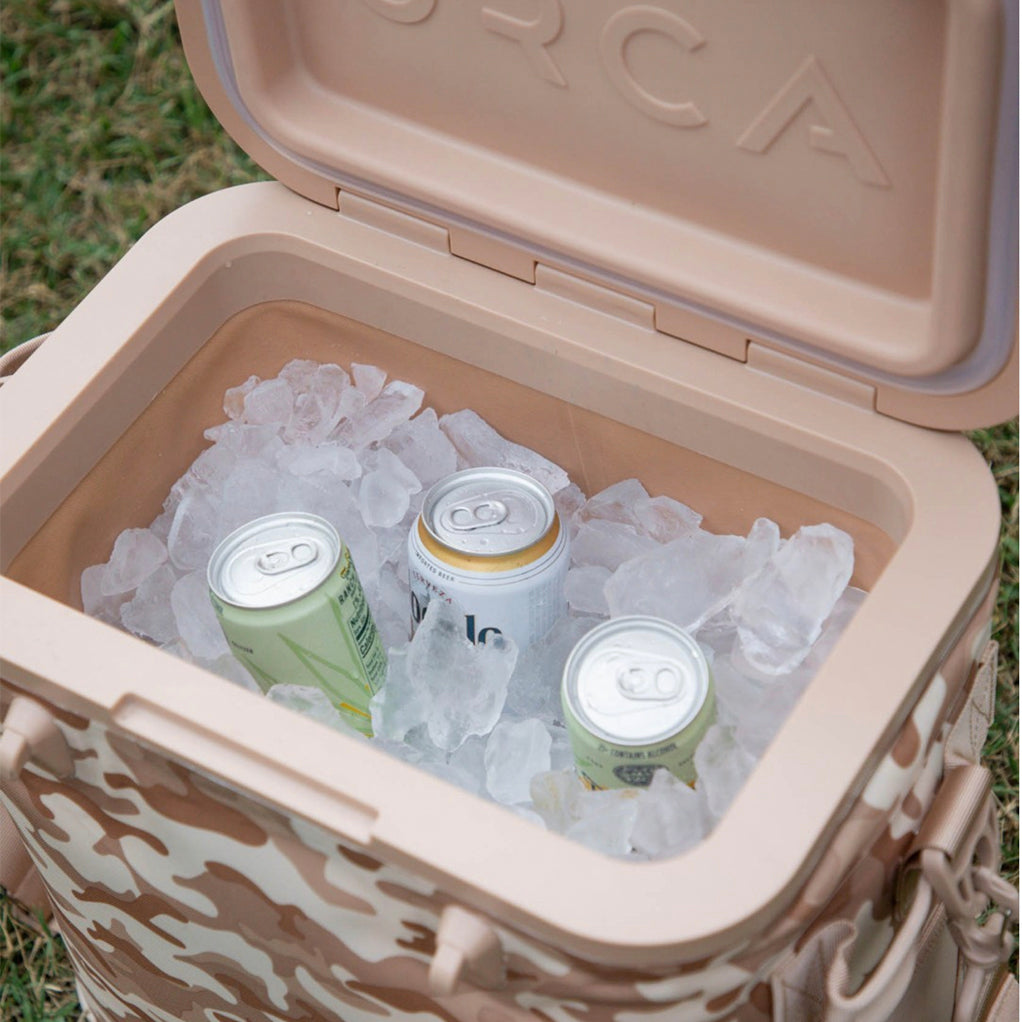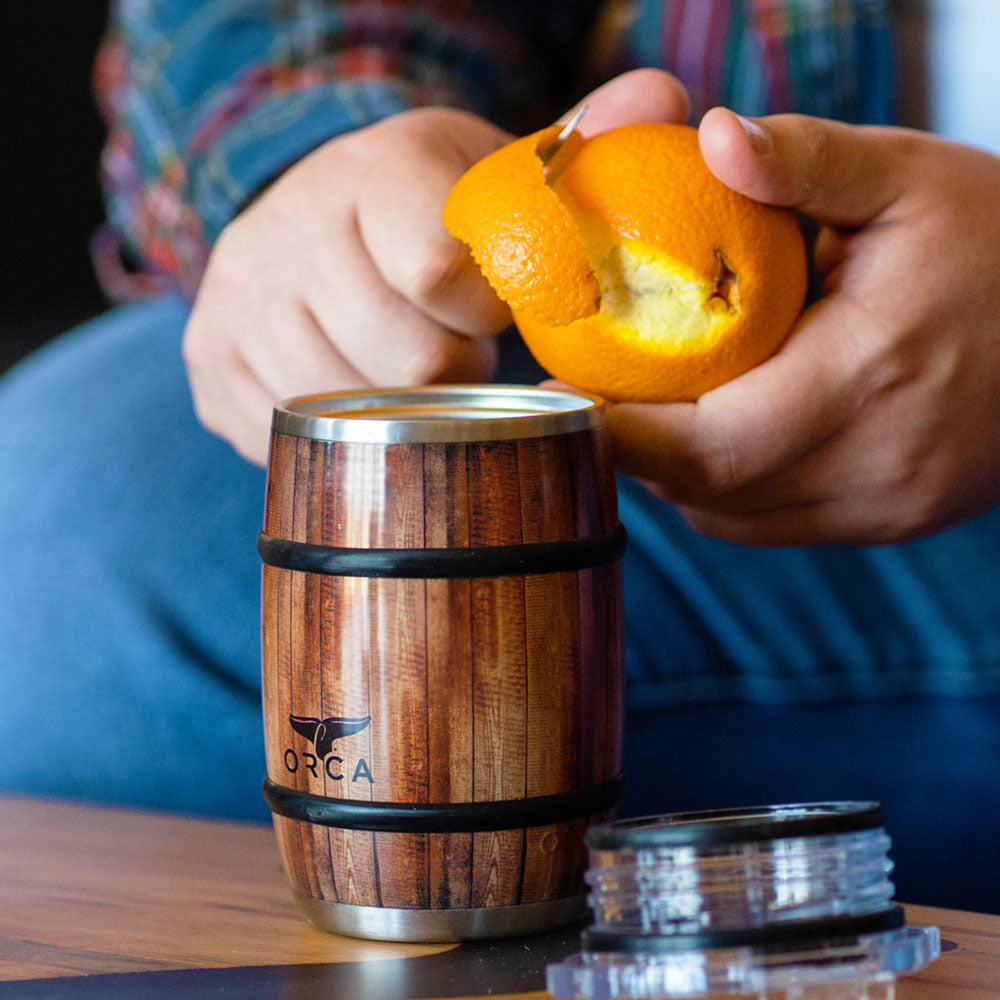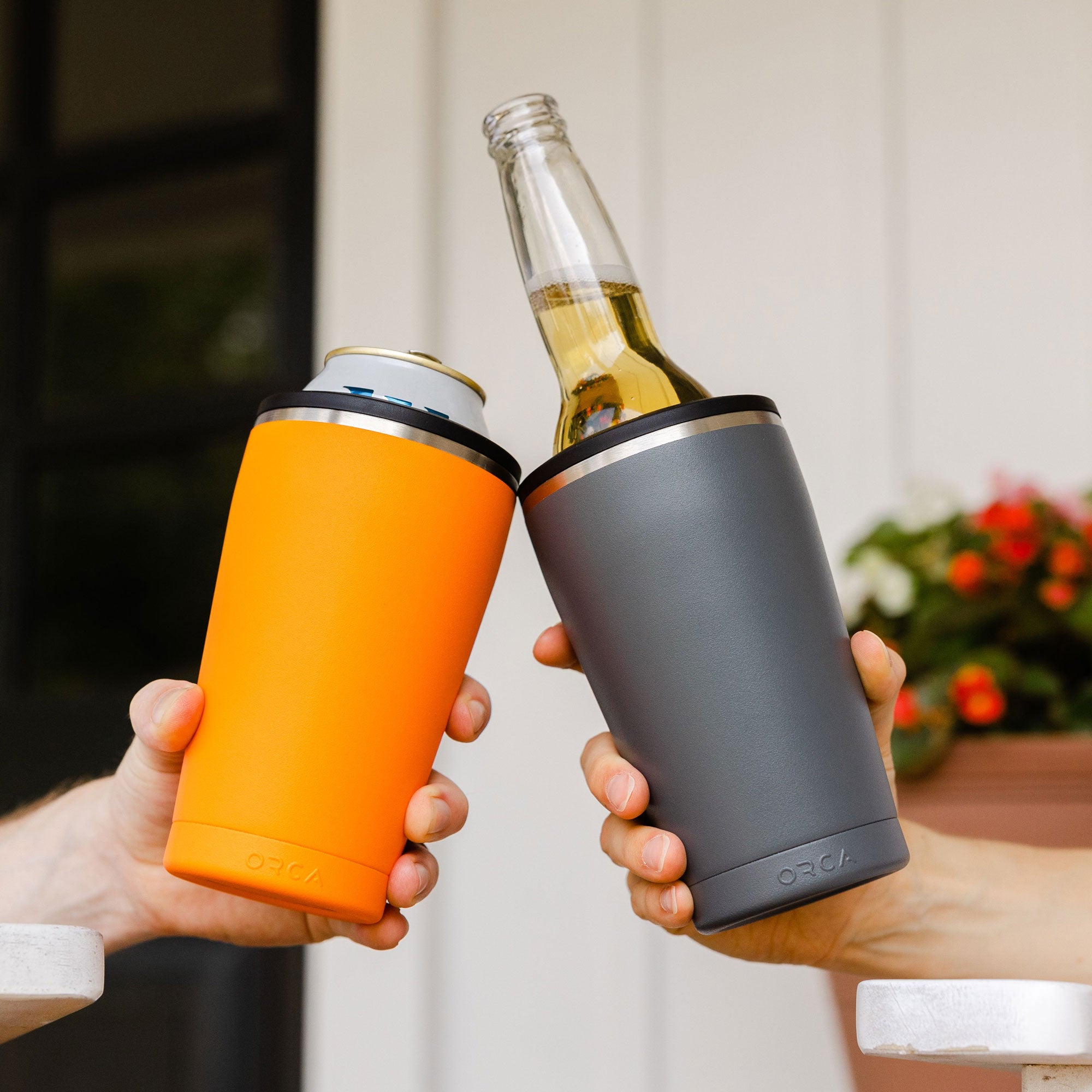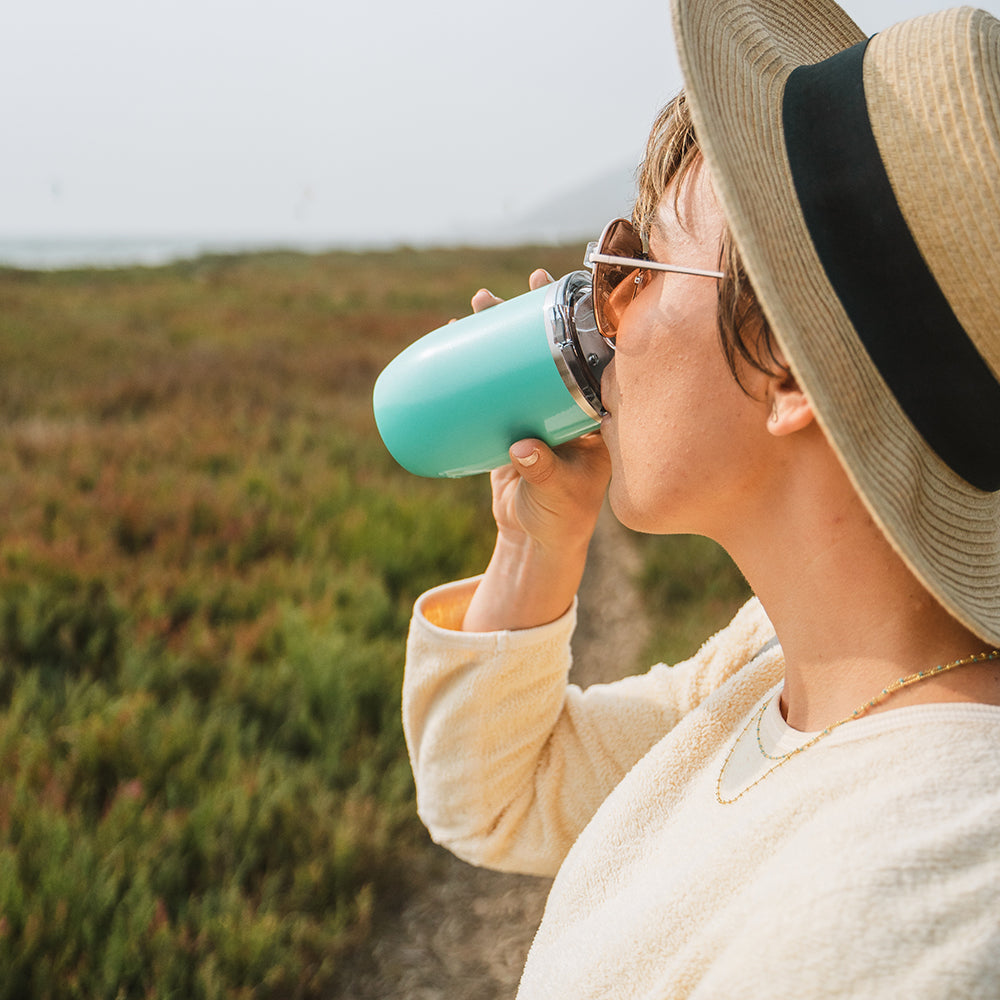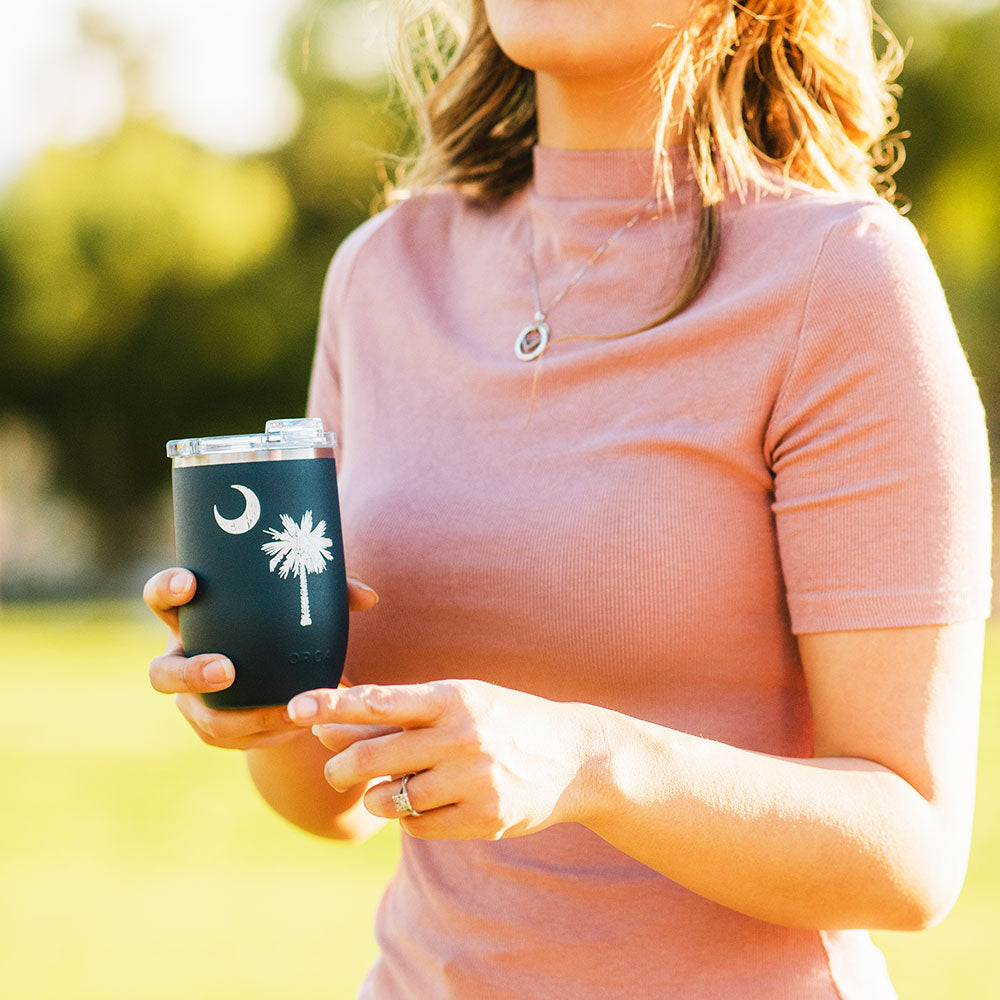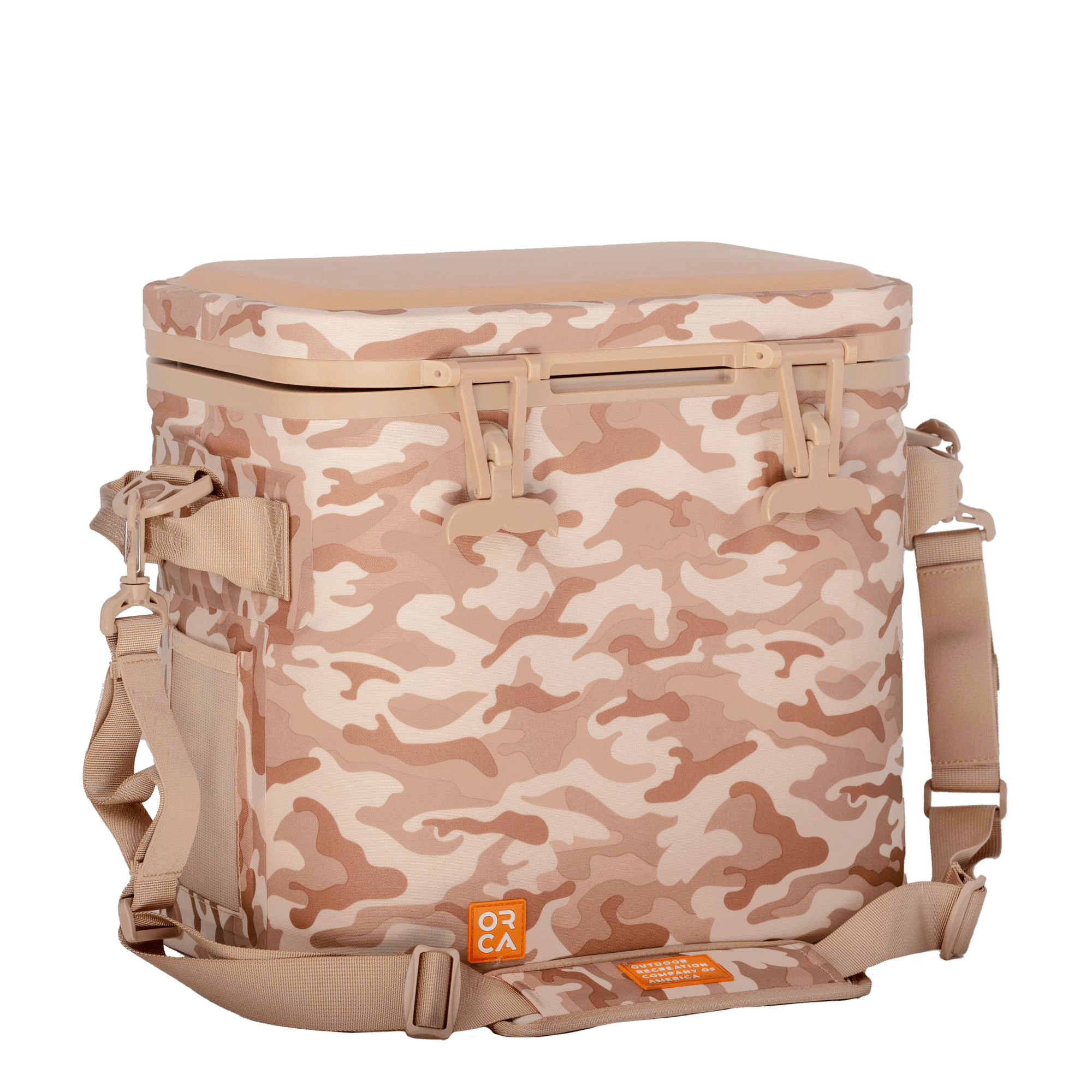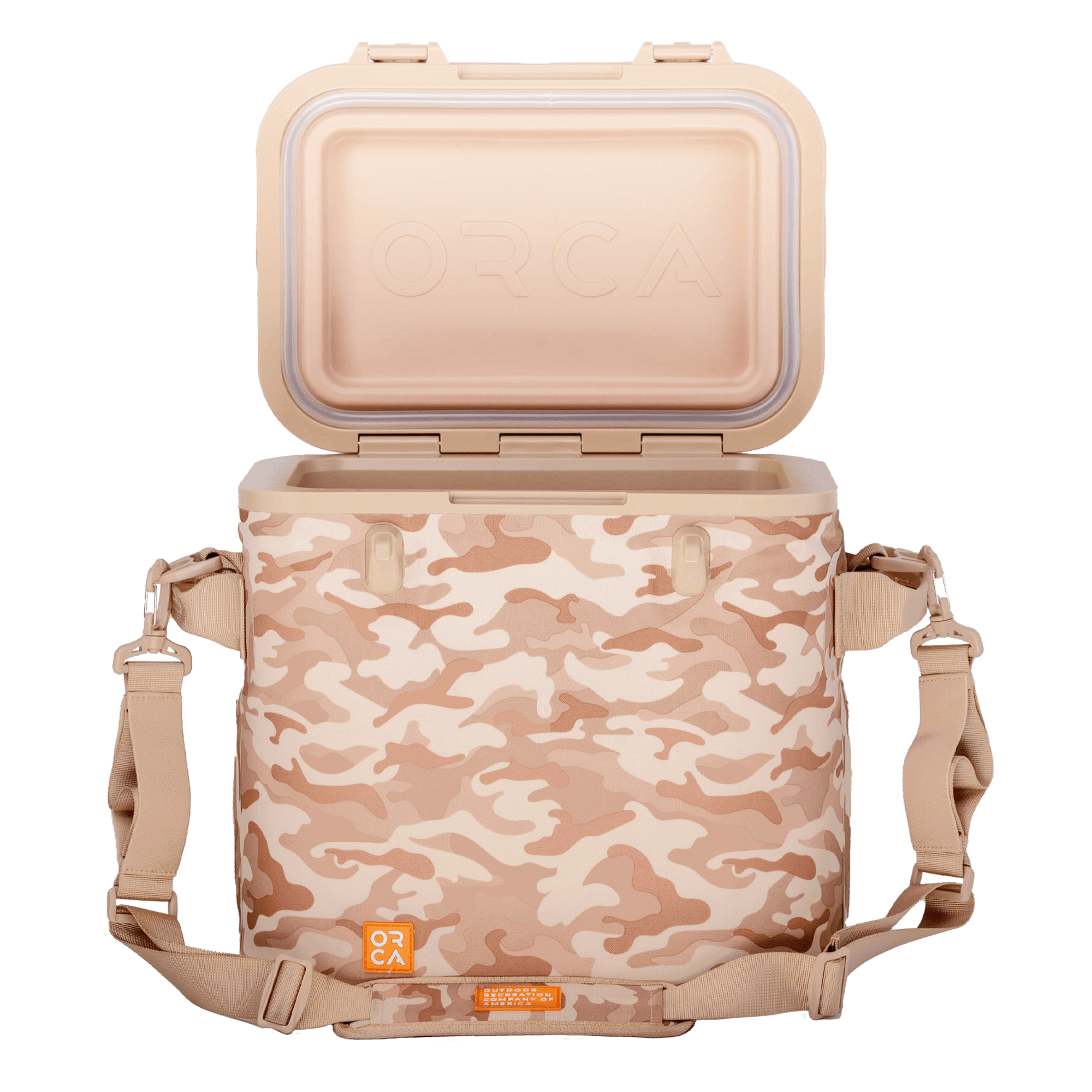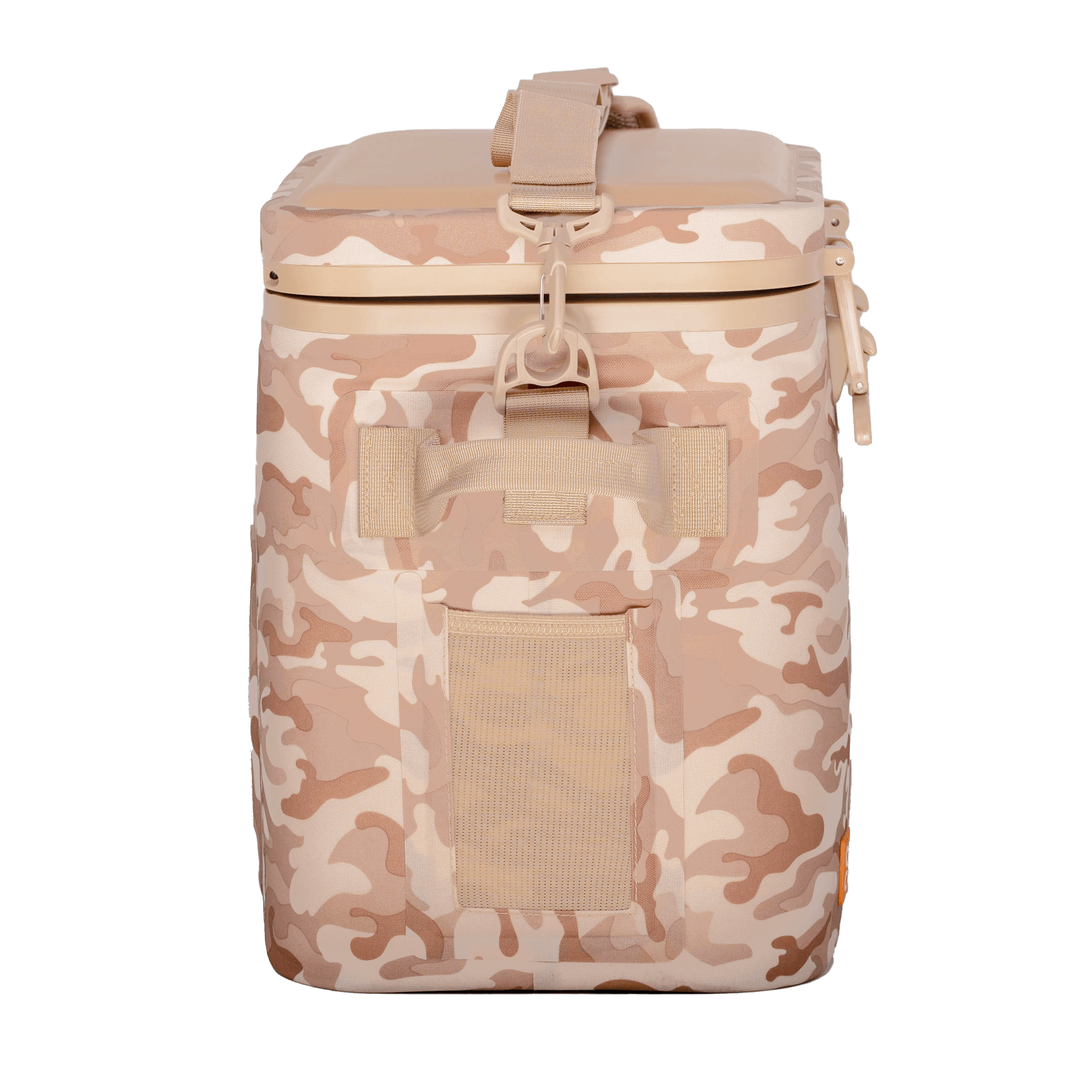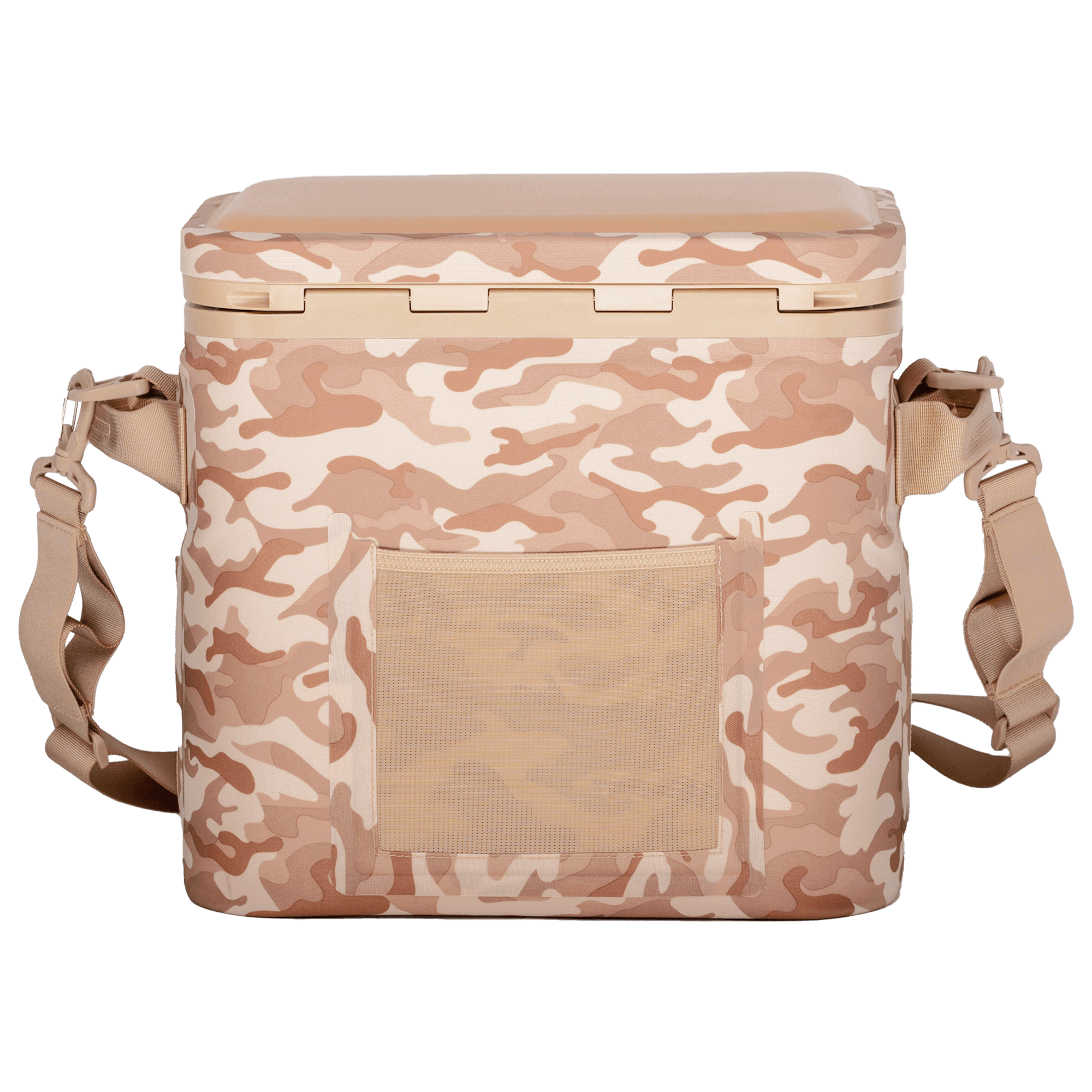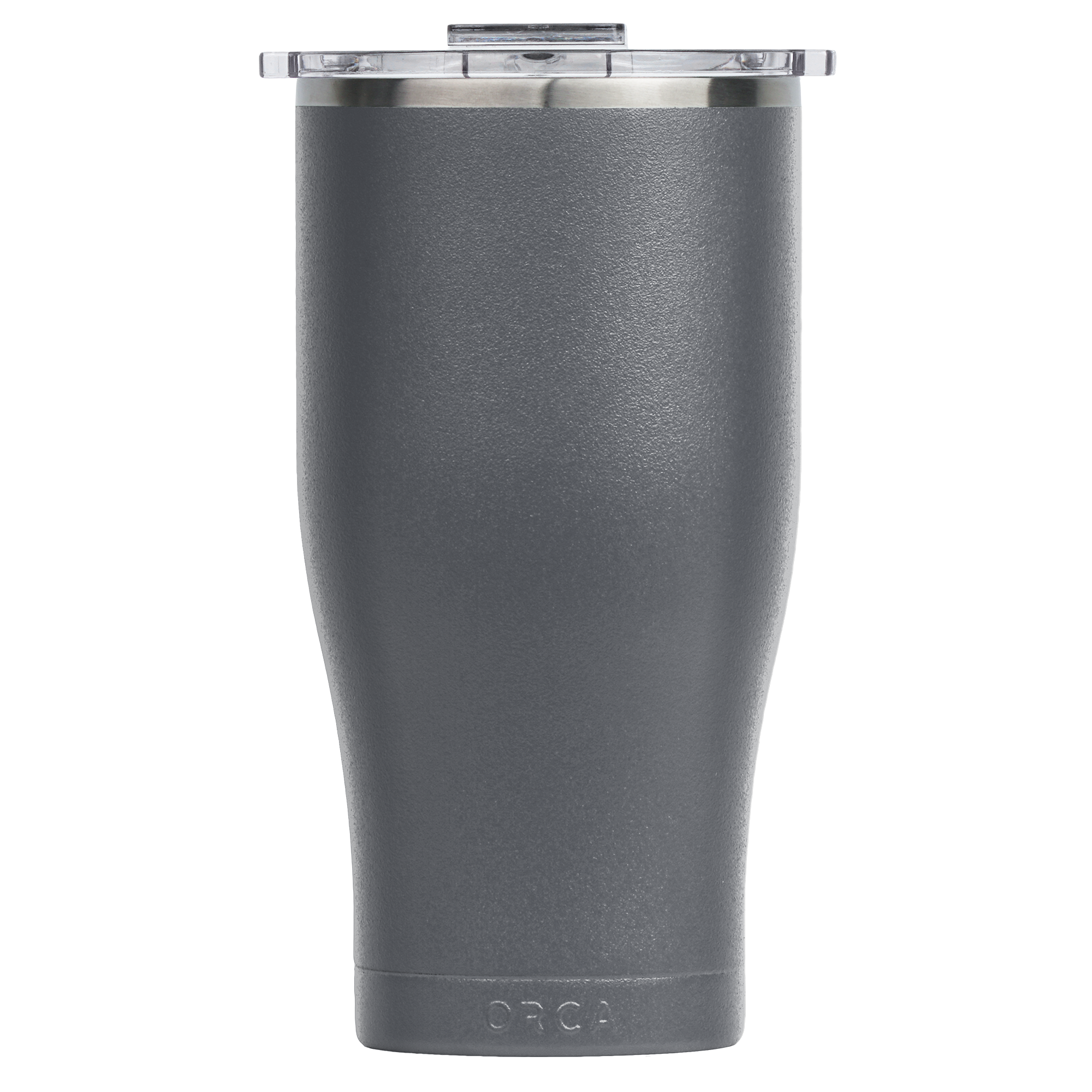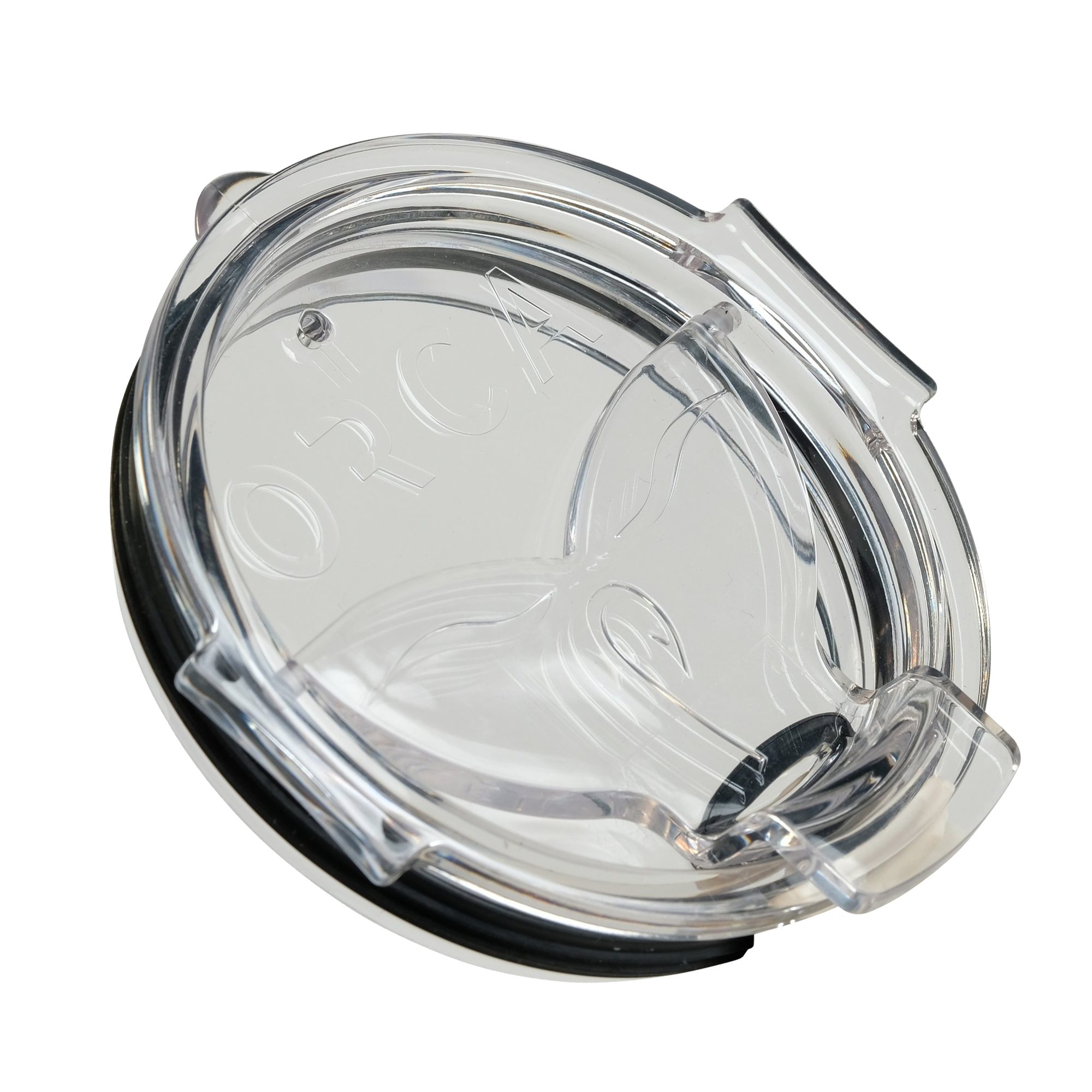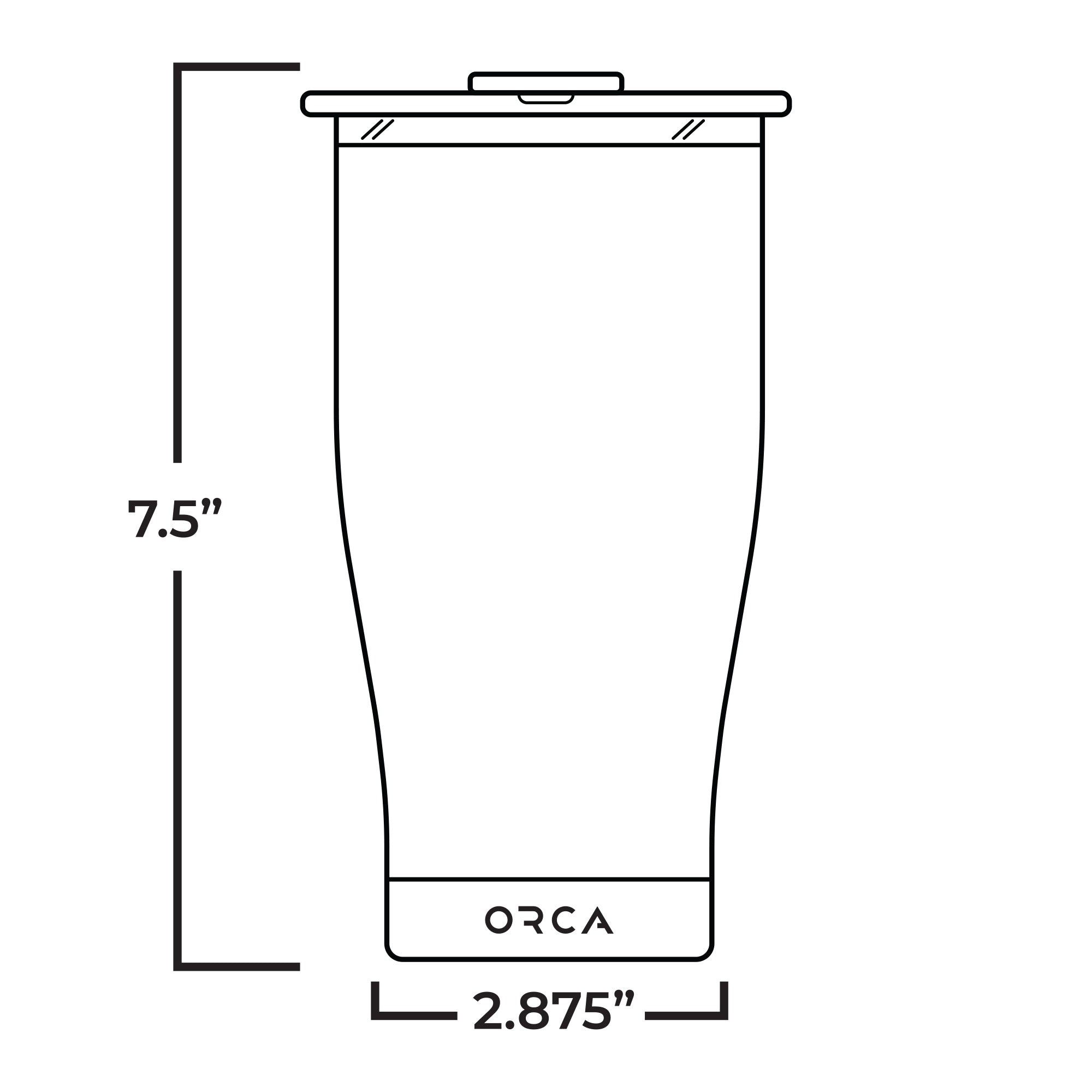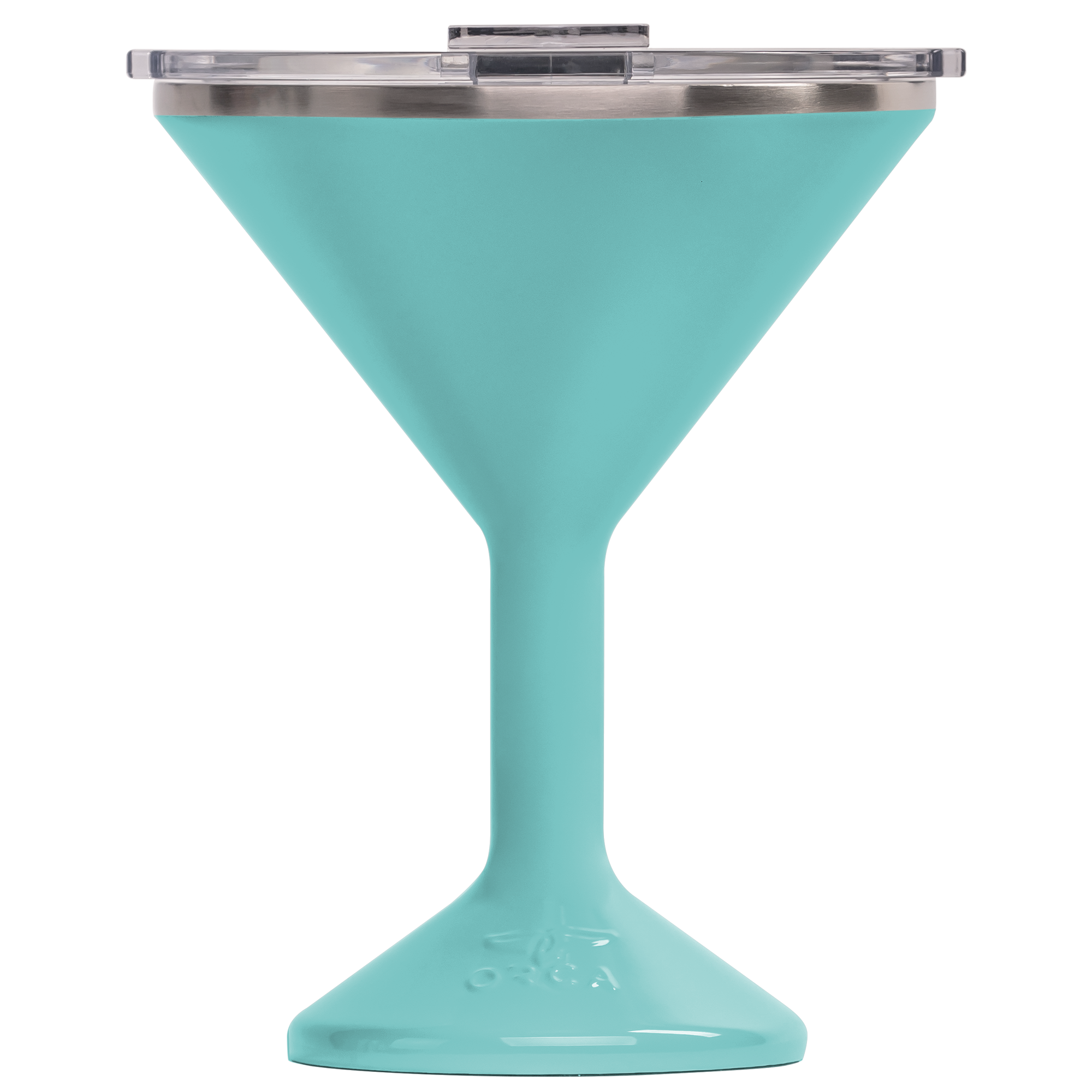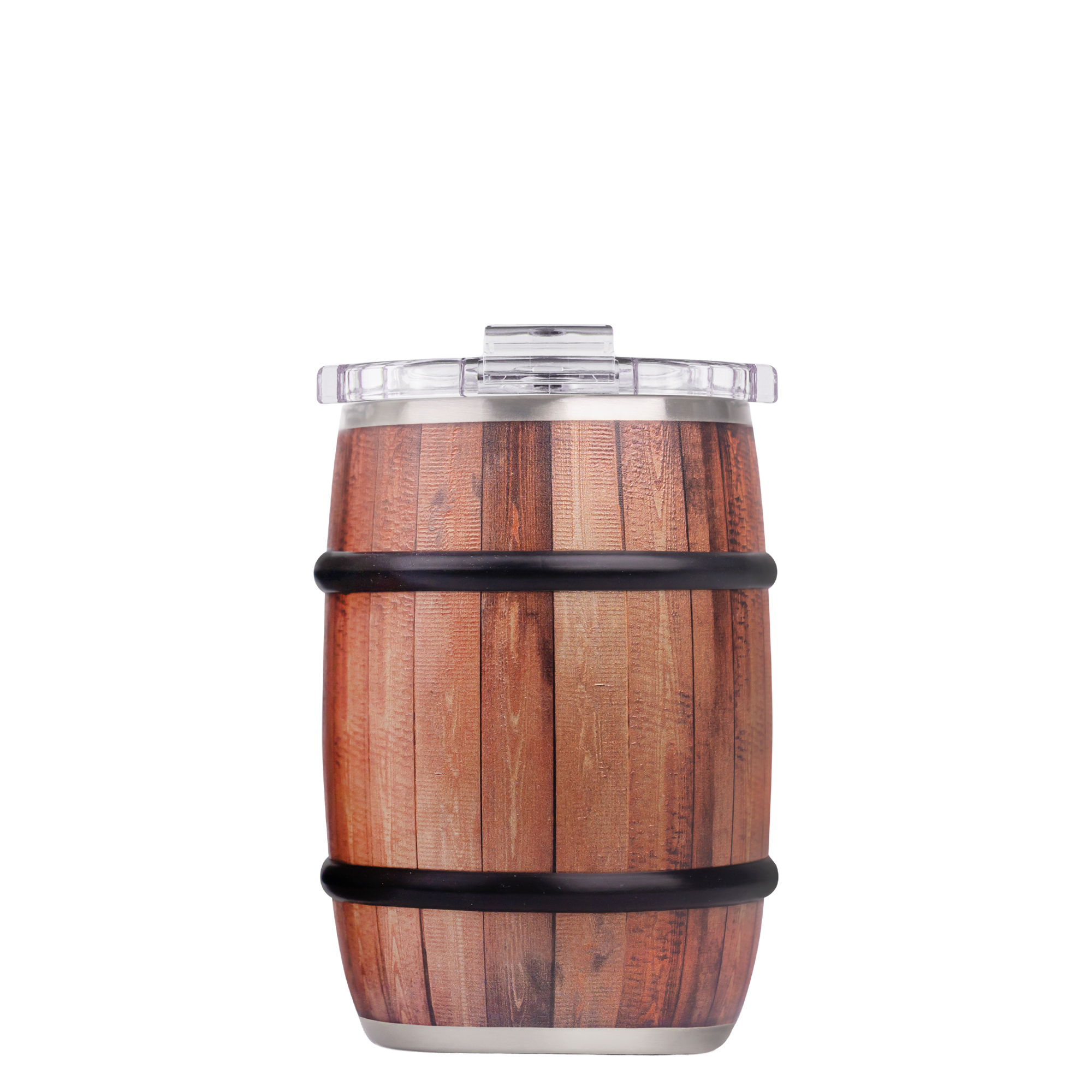How to Effectively Pack a Cooler

Whether you're going on a day trip to the beach or a week-long vacation to a campsite, effectively packing your cooler will ensure fresh food and cold beverages.
If you're wondering how to pack your cooler effectively, we've got you covered with a comprehensive guide about how to do it and why it works.
Use Ice
Ice will be your best friend when it comes to keeping your cooler and food or drinks cold, and you'll need plenty of it.
It's best to use a two-to-one ratio, meaning you should have twice as much ice as food. In some cases, this might mean you need to bring more than one cooler, but for the sake of your food and beverages, it's well worth it.
Here's how to pack a cooler with ice based on the different types you can use:
- Regular ice: Cubed ice from your freezer or purchased in bags from the store may be the most accessible option, but it doesn't always last as long as you need it. It's great for filling the gaps between items, but for longer trips, you'll need to utilize other options or plan to get more as your journey progresses.
- Ice blocks: You can create ice blocks by freezing gallons of water or other containers like milk cartons. Making ice blocks at home can be convenient because it saves you from purchasing bagged ice. However, they take up a lot of space.
- Ice packs and sheets: Ice packs and mats are reusable, can maintain a cool temperature much longer than regular ice and will help provide an even base when you begin packing your cooler. You can start by putting thick slabs, such as the Orca Ice Blox, at the bottom to provide an even base for your food and drinks. You can also use frozen ice sheets to top off your cooler to keep warm air from hitting your contents when you open the lid.
- Dry ice: Dry ice is excellent at holding a cold temperature. For short trips, dry ice can keep meat frozen solid. However, dry ice is expensive, can be hard to find and is not recommended in coolers holding canned beverages, as the freezing temperatures will cause them to build up pressure. Dry ice can also cause some coolers to crack, so you'll need to make sure you have a high-quality cooler that fits your needs. Be sure not to let dry ice touch your skin, either.
Use a combination of ice to keep your cooler cold for as long as possible. Start with the Orca Ice Blox, fill gaps around food with regular cubed ice and top off your cooler with a frozen ice sheet.

Refrigerate Contents
It's always best to refrigerate and freeze food and drinks before packing. Freezing meat and water bottles will keep your contents cold and help them last the duration of your trip.
For example, if you plan to make burgers on day three of your trip, freeze the meat and let it thaw on its own. If you plan to have those hot dogs as soon as you arrive, however, keep them refrigerated so you can chow down whenever you want to.
Everything else going into your cooler should be refrigerated beforehand. Anywhere you can find ways to keep your food cold and fresh is always a good idea.
Plan to prepare your cooler the night before your trip. Get your cooler ready by storing it in a room temperature location and filling it with ice the night before using it. This will help cool the inside and have it ready for packing the morning you need it.
Leave No Empty Space
Empty space is a cold air killer. Any gaps in your cooler can quickly be filled with hot air and make your ice melt significantly faster. It's best to fill your cooler to the top.
As you pack your cooler, fill any gaps you see with ice and finish packing by topping your cooler off with ice, as well. You can also use the sides of cartons, smaller ice blocks or pieces of cardboard to secure your items in place and help keep them cool.
After closing the lid, plan to keep it closed until you absolutely need to open it. Every time you open it, you expose the ice, food and beverages to hot air that will continue to warm the space. Leaving the lid open is a sure way to melt your ice.
You should also avoid draining the excess water if you can't get ice to replace it. The cubed ice you filled your gaps with will eventually start to melt. When this happens, keep the water inside the cooler. Even though it might look a little funny to see your drinks floating around, the water will still help keep the temperature down and take up space that warm air would otherwise occupy.
Pack in Layers
The best way to pack a cooler is by using layers. Packing in layers will help keep you organized and prevent your food from getting soggy and sliding around in your cooler. Follow these tips to layer what you pack in your cooler:
- Start with an ice block on the bottom.
- Pack meat closest to the ice and use it on the sides so the blocks don't move.
- Make your second layer with dairy in resealable containers.
- Save the top layer for produce.
- Consider using containers for any loose items to keep them from rolling around or getting squashed.
- Wrap any lettuce, kale or other leafy produce in paper towels to keep them fresh.
- Fill gaps with ice and top the cooler with cubes or ice sheets.
Depending on what you're bringing and when you'll use it, you may need to change up the layers. Try to keep whatever you'll use first — like that pack of hot dogs — near the top of the cooler so you don't have to dig around for things.
You'll want to make sure everything is inside air-tight bags or containers. If you need to remove the original packaging to save space, like the foam trays meat comes packaged with, put your food in a zip-top bag or another container.
You can also plan to prepare any marinades or dips beforehand. If you like a homemade spread for your chips or have a secret marinade for your steaks, take the time to make them at home. Chances are, you won't need some of those ingredients for anything else. So, pre-making some items will help save space in your cooler and time on your trip.
If possible, utilize a second cooler for drinks because they're more likely to move around, and you'll likely reach into that cooler more frequently than the one holding your food.

